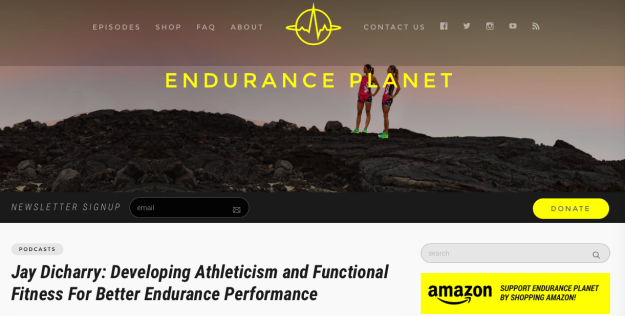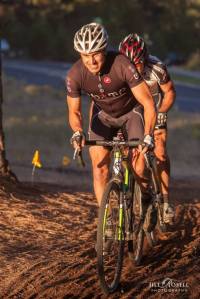If there was ever a good topic for an episode of Mythbusters, it would be this: should you pedal circles or pedal squares? We’ve been told that “pedaling circles” is important so that we can apply a smooth even pedal stroke. And word on the street is that this uniform application of power around the cranks is more efficient and makes a better rider.
We’ll lets mock up our own episode of Mythbusters. Let’s pretend that you are doing your thesis on power production in cycling (I did). And let’s also pretend that you are trying to get good data on good cyclists (this was my goal). In my research, I tapped into the best client database I could think of (the US Olympic Training Center). And lastly, let’s pretend that you could examine the pedal cycle of the entire national team, and developmental athletes (I could). What would you find?
We’ll, this episode of Mythbusters would be pretty clear. World championship and Olympic medals have been won by riders who feature a smooth pedal cycle (circles) as well as cyclists who are mashers (squares). Uh oh. Don’t’ you hate it when real world data flies in the face of what you’ve been told. So where does this leave you?

Spin Scan Pedal Profile: Looking different doesn’t mean one is better
Its not to say that pedaling style is not important, because it is. In fact, research shows that elite cyclists have better pedaling mechanics than both recreationally competitive cyclists, and even elite triathletes. So if its not the “shape” of the application of power, what does better pedaling mean? Better cyclists have lots and lots of practice turning the pedals over. All this “practice” helps them produce the right amount of force from each muscle, without fighting, or co-contracting muscles during the pedaling cycle. They ride smoother and don’t fight their own pedal stroke. They also can change their pedaling cycle easily when they fatigue, in breaks, or up climbs. Having lots of “strategies” to tap into help as them adapt to the race conditions and terrain they are facing.
The take home:
▪ If you are a rider that has had success mashing your way along at 75 rpm, it doesn’t mean that you must learn to spin at 110 rpm just because someone else does.
▪ Pedaling technique is a variable that better cyclists adjust based on terrain, fatigue, and surface. It is still worthwhile to learn proper pedaling strategies. If you do want to improve your spin, the most beneficial cues are to “scrape mud” off the bottom of your shoe at the bottom of the stroke, and to “kick a ball” at the top of the pedal stroke.
▪ Traction matters. In general mountain bikers have a smoother pedal stroke to maintain traction. If they put all their power around a small part of the pedal cycle their tires spin out. If you spend time on dirt, emphasize smooth power to keep your tires hooking up – especially on the climbs.
▪ Better cyclists don’t necessarily pedal circles or squares. They just pedal better circles and better squares – stop reading and go for a ride!

Spin Scan Pedal Profile: Looking different doesn’t mean one is better






